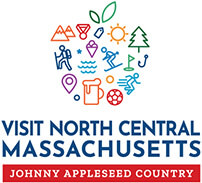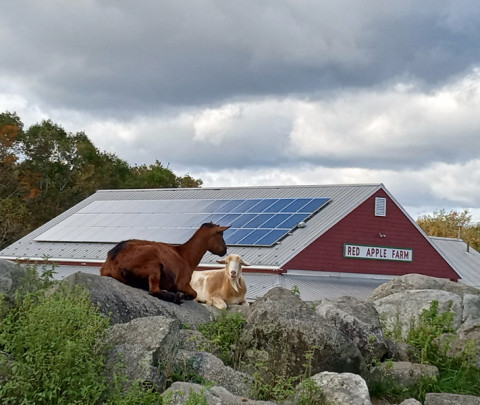Historical Shaker Heritage
- Visit North Central
A trip through Johnny Appleseed Country reveals the influence of the people who have come before us. Roadways, park lands and communities bear names derived from Native American words. Signposts and burial grounds along the way are quiet reminders of people and events that shaped the region’s history. Among them were the Shakers, whose attempt to create a utopian community left a footprint that remains today.
A century and a half ago, a group of dissenters abandoned the Protestant church and developed the first Shaker community in Massachusetts. The community was guided in its development by Mother Ann Lee, who visited Harvard in 1781, bringing the group of religious dissidents into the community of the United Society of Believers.
The Harvard settlement, which has come to be known as the Harvard Shaker Village, followed a familiar Shaker design, with four complexes: Church, North, South, and East. The Shakers’ influence spread even to the area’s landscape. The National Park Service describes it this way: “Laboring together, the members of the [Shaker] Families succeeded in turning the surrounding marshlands into productive, arable land, suitable for agriculture. Not only did they modify the flatlands, but the Shakers altered the nearby hills as well. Requiring a suitable place for their outdoor religious practices, the Believers leveled the summit of nearby Holy Hill and planted rows of maples in accordance with the layout mentioned in the Millennial Laws (Shaker regulations for everyday life). They toiled to reshape the world around them as they attempt to create a ‘heaven on earth.’”
The dream was, unfortunately, short-lived. Following the Civil War, many members of the community left the area. By 1890 there were only 40 members left, and the Shakers had to sell the East and North Family areas. In the early 20th century, the remaining members sold the first office building, built in 1794, to Clara Endicott Sears, a preservationist who moved it to Fruitlands Museum and opened it to the public.
Many of the Harvard Shaker buildings are gone now, and the remainder have become private homes and are not accessible to the public, although visitors to the area can follow a walking tour to see the buildings that used to be part of the community. A walking tour pamphlet is available at the town library. The Harvard Shaker Village Cemetery, the final resting place of more than 300 of the community’s members, chronicles the lives of those who called this place home.
Just down the road, the Shirley Shaker Village began in 1793. Smaller in number than the Harvard Shakers, the three Families that comprised the Shirley community were no less active. The property included a meetinghouse, three-story brick shop, office, dwelling house, broom shop, barns and sheds.
The Shirley Village relied on broom-making, mop manufacturing, cotton manufacturing and herb production, as well as an applesauce industry to support itself. The Shirley Shaker Village closed in 1908, and its remaining sisters moved to the nearby Harvard Shaker Village. The state of Massachusetts bought the property and turned it into an Industrial School for Boys, which was closed in 1972. The Shirley Shaker Village property is now a prison facility. Eight of the Shaker buildings remain on their original foundations, and three others have been moved.
The local Shaker communities are now included on the Shaker Historic Trail, a National Register of Historic Places listing. Information about the 15 sites on the Trail is available at www.nps.gov.
Although the Shakers are gone, their heritage lives on here in Johnny Appleseed Country. Local craftspeople continue to create furniture and home accessories in the Shaker style. Their wares can be found at shops and craft shows throughout the area.








